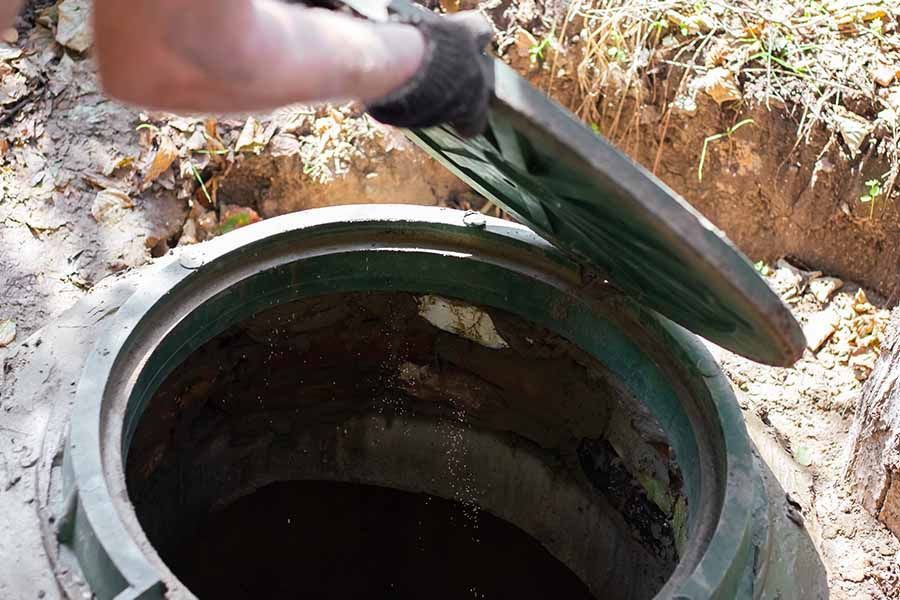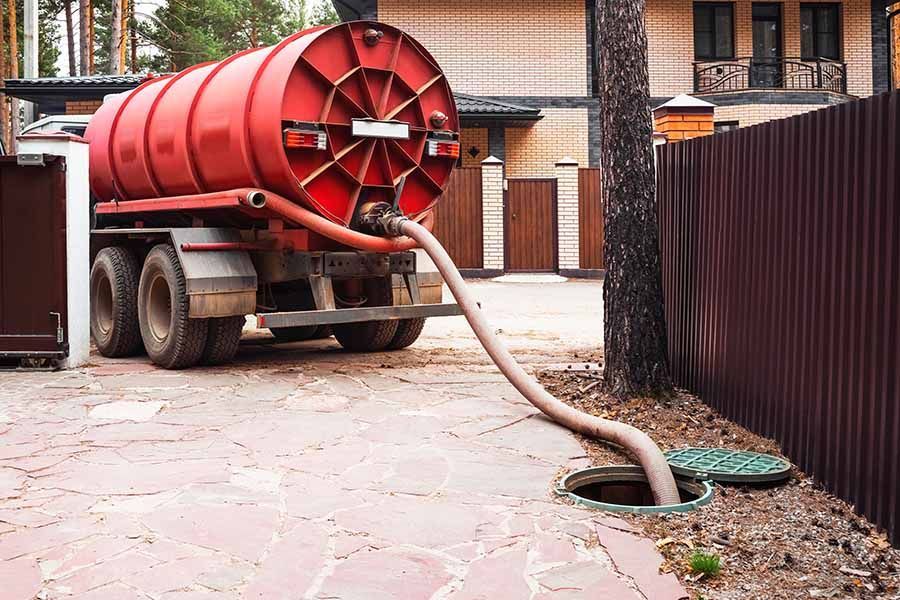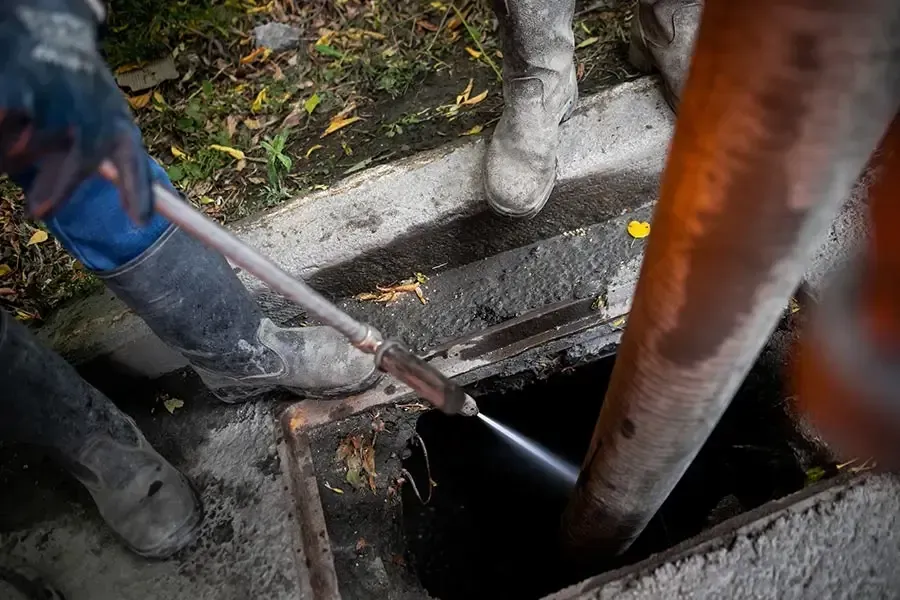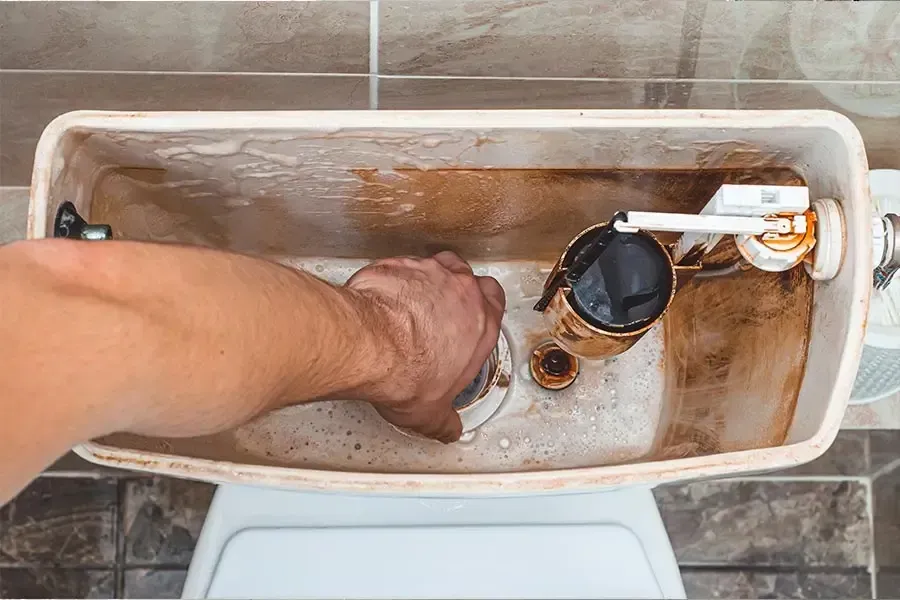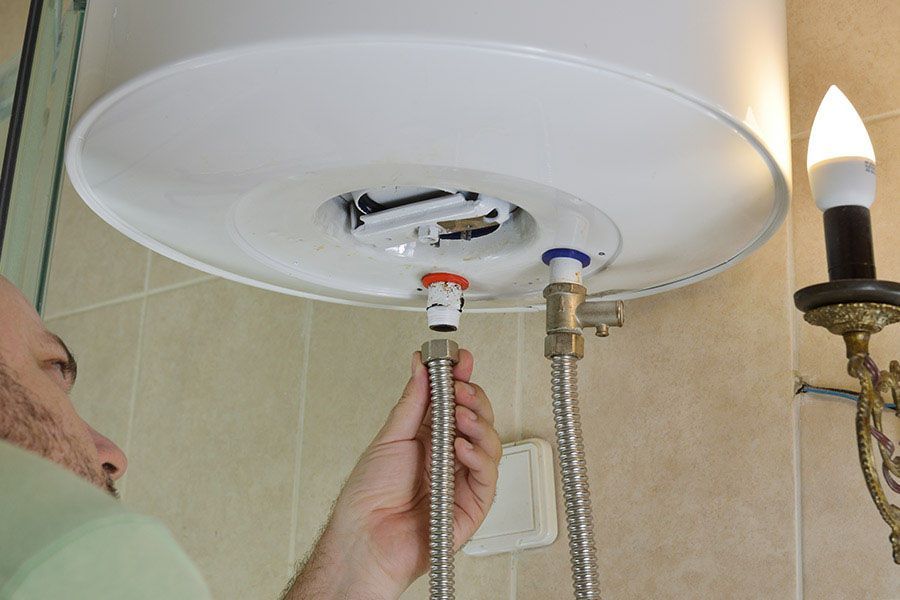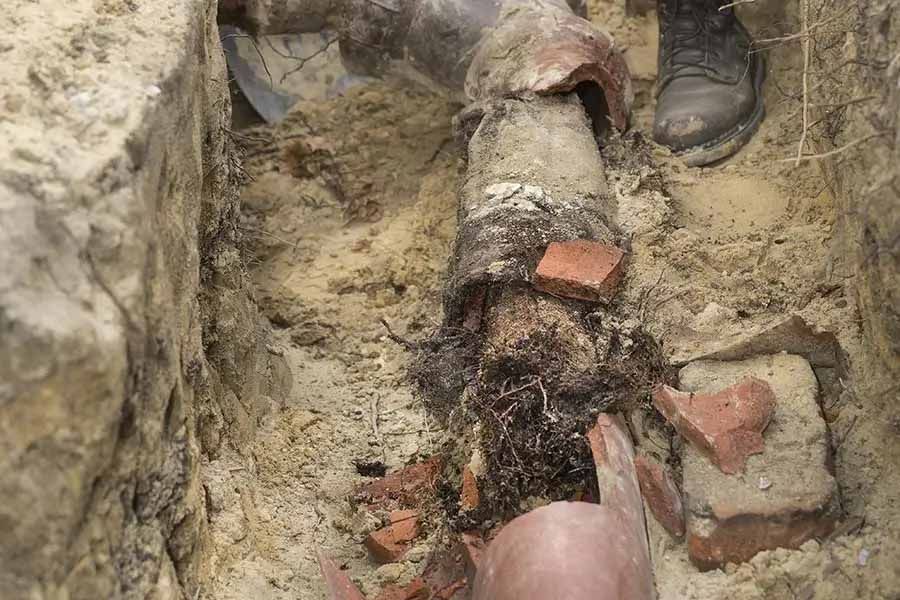
If you’ve found this post, you’re probably dealing with one of the most unsettling things anyone can find: worms in your toilet!
As gross as it sounds, however, the real problem isn’t the worms; it’s what their presence means for your plumbing.
In this blog post, we describe clear steps to identify the cause of the worms in the toilet and fix the issue. You can also contact King’s Services for reliable
plumbing services. We’ve got strong enough stomachs to deal with just about anything, including worms in the toilet bowl.
What Types of Worms Can Get Into Your Toilet?
Why are there worms in my toilet bowl? Let’s start by identifying the type you see there.
Each type of worm can indicate a different issue within your plumbing system. Here are some possible worms you may see:
- Drain fly larvae: Small, black larvae that feed on sludge inside toilets and drains.
- Sewer worms: Red or pink worms that eat organic buildup in sewage systems.
- Earthworms: Regular worms that get in through cracks in buried sewer pipes.
- Horsehair worms: Long, thread-like worms that ride into your home through insects like crickets or cockroaches.
Once you identify the kind of worm, you can figure out what to clean, seal, or repair inside your plumbing system.
What Causes a Toilet Bowl Infestation?
If you’re dealing with a toilet bowl infestation, something deeper inside your plumbing system has already gone wrong. In some homes, aging pipes and shifting soil might be causing damage and contamination.
Buildup Plus Cracks
The problem often starts when organic waste collects under the rim or inside the toilet tank. This buildup creates the perfect feeding ground for worms and larvae. Cracks in older sewer lines can allow soil, moisture, and pests to enter, providing everything they need to survive.
Seals, Wax Rings, and Grime
Leaking wax rings, slow-draining toilets, or poor toilet design can also cause grime to cling to the bowl. When seals around doors or pipe inlets fail, insects slip in and carry worm eggs with them. Dirty, damp surfaces provide a haven for worms to spread, grow, and return.
A clean, sealed, and well-maintained system is the only way to keep worms out for good.
Hidden Plumbing Concerns That Worsen Worm Issues
Some plumbing issues don’t grab your attention right away, but they make worm problems worse behind the scenes. Standing water issues are one of the biggest contributors.
Water that sits too long creates the perfect breeding ground for insects and larvae. Slow drains trap sludge inside the pipes and keep fresh waste from flushing through. If you skip
routine cleaning or rely on low-flow toilets, grime builds up where you can’t see it.
Why are there worms in your toilet bowl? You might also have broken wax rings and loose toilet seals that are letting water collect around the base. That pooled water breaks down the flooring and gives pests another place to hide.
Lastly, neglecting regular pipe blockage removal allows organic buildup to accumulate inside your system. Each clog or slow flush creates another space where worms can multiply.

How To Clean, Inspect, and Fix the Worm Problem
Worms won’t leave unless you clean the system, fix the damage, and block their entry points.
Scrub the Toilet and Tank
Start with a thorough cleaning. Scrub under the rim, inside the tank, and around the base to remove the grime that worms feed on.
Schedule a Sewer Line Inspection
Book a sewer line inspection to check for cracks or root damage. Worms often enter through broken underground lines.
Seal Entry Points
Seal gaps around pipes, walls, and floors. Insects that carry worm eggs use the smallest openings.
Zap Moisture
Use a fan or dehumidifier to dry out the bathroom. Worms spread faster in damp conditions.
Swap Faulty Hardware
Fix loose seals, cracked tanks, or weak flush valves. Leaks and standing water provide a breeding ground for worms.
Use Enzyme Cleaners
Flush enzyme-based cleaners through the system on a weekly basis. These products break down organic waste and keep drains worm-free.
Stop the Worms Before They Spread
Stopping worms before they spread means tackling them at the source. That’s easier when you’re proactive about issues like a
toilet leaking at the base or slow drainage.
If you’re still asking, “Why are there worms in my toilet bowl?” reach out to King’s Services for expert plumbing solutions near you.
